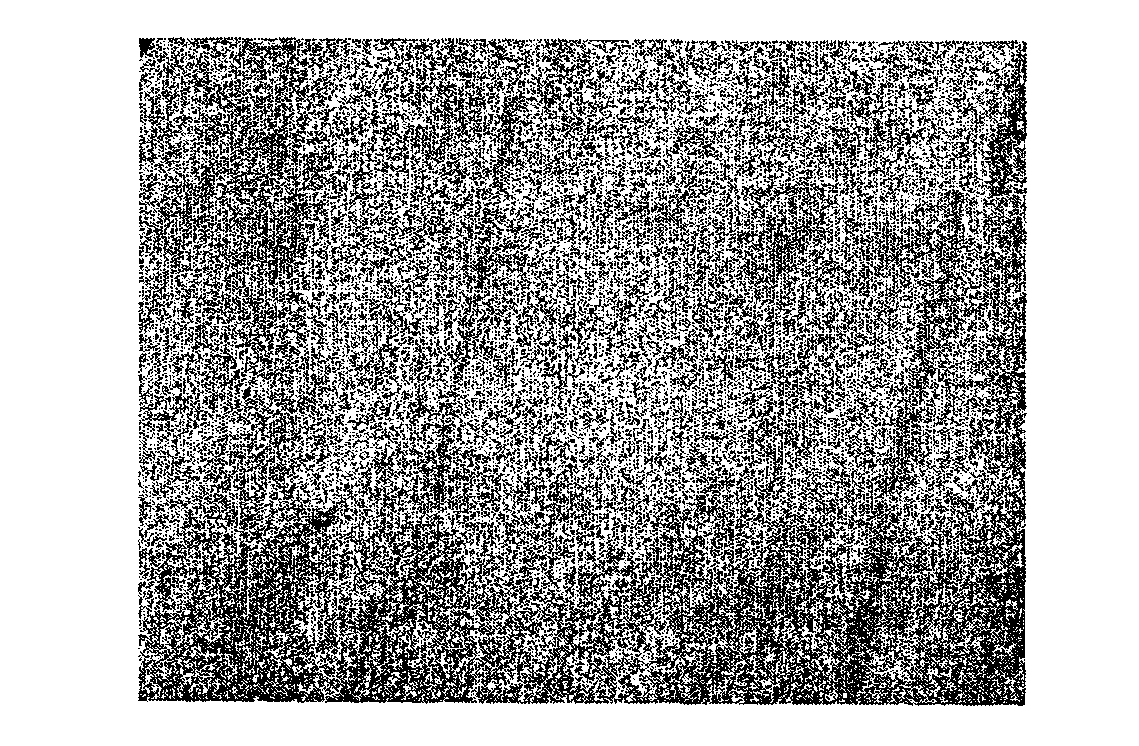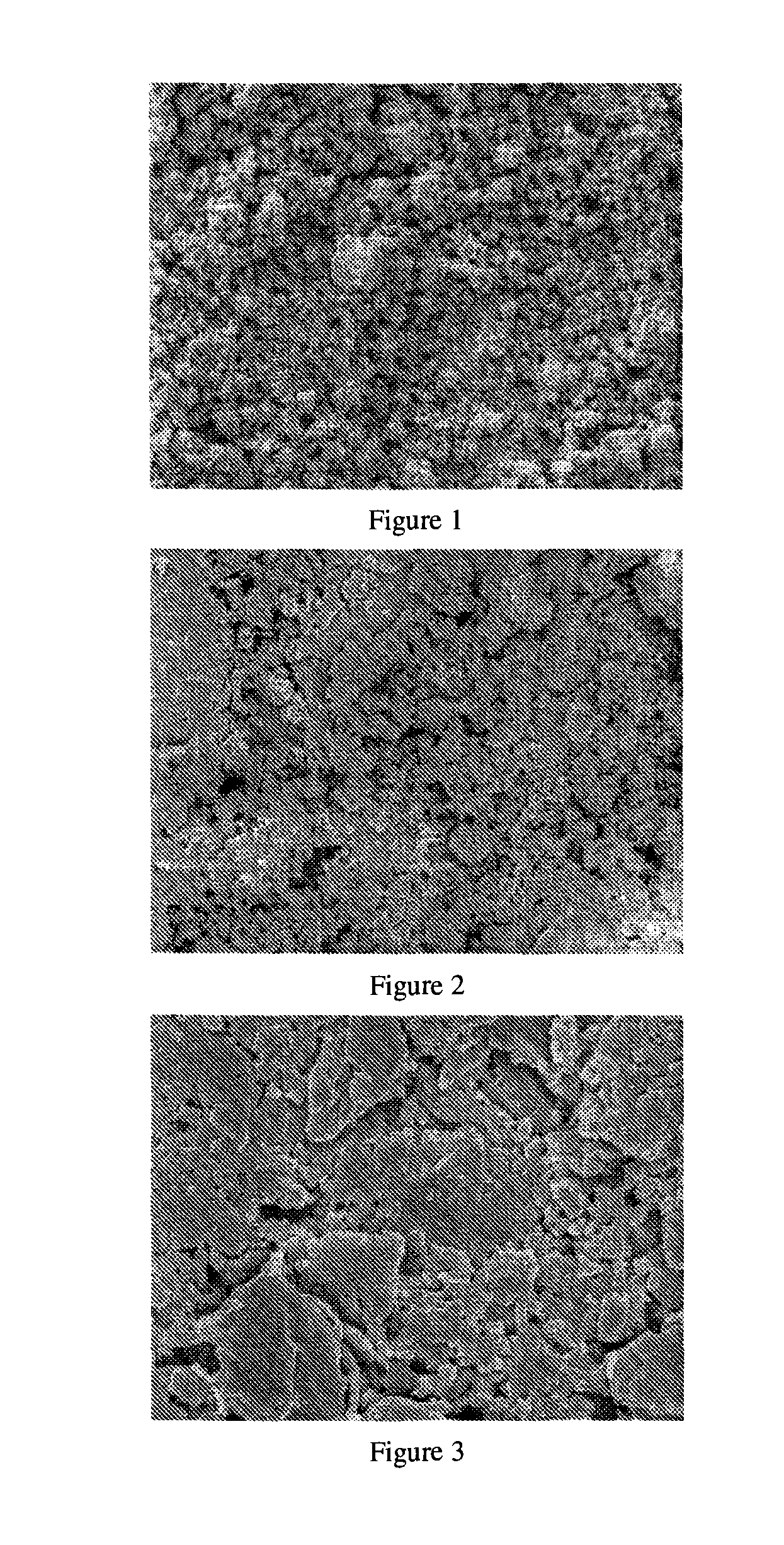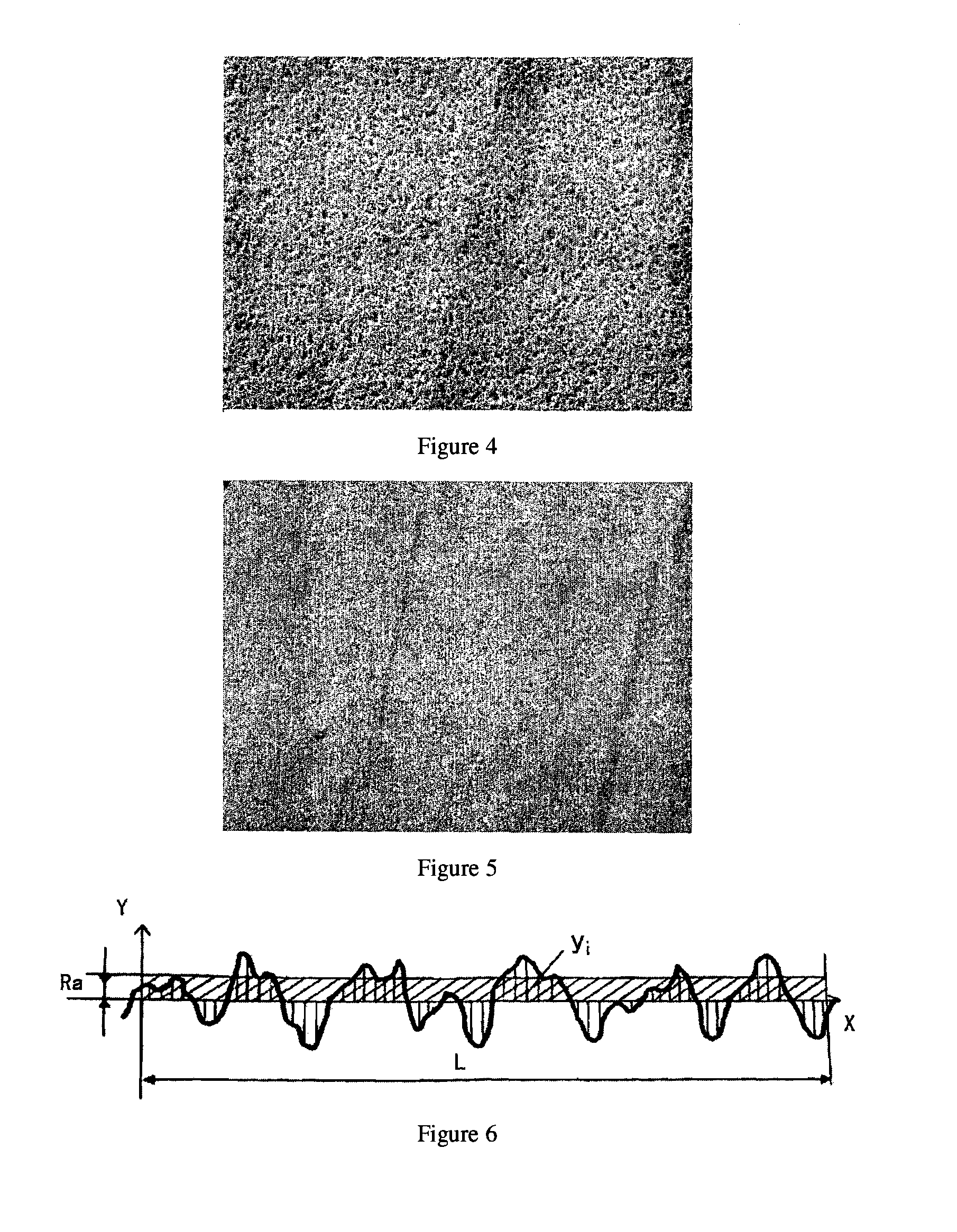Manufacture method of metal plate substrate for computer-to-plate of inkjet printing
a technology of inkjet printing and metal substrate, which is applied in the direction of printing, superimposed coating process, coating, etc., can solve the problems of increasing the overall manufacturing cost of the finished plate, and achieve the effects of high specific surface energy, high absorbency and wearability, and appropriate roughness
- Summary
- Abstract
- Description
- Claims
- Application Information
AI Technical Summary
Benefits of technology
Problems solved by technology
Method used
Image
Examples
example 1
[0052]Preparation of hydrophilic polymer paint: weigh 0.975 g gelatin and 0.025 g silica (with particle size of 2˜3 μm), load them into a 100 ml triangular flask, add 49 g distilled water, disperse by ball milling dispersion or ultrasonic dispersion for 6˜10 h, to obtain the hydrophilic polymer paint.
[0053]Burnish uniformly the surface of an aluminum substrate under 0.5 Kpa pressure with a sand paper having particle size of 20 μm (manufacturer: Beijing Dongxin Abrasive Tools Co., Ltd.) to the surface roughness Ra shown in Table 1.
[0054]Cut the burnished aluminum substrate into 10×10 cm2 pieces, wash the pieces with acetone and distilled water successively, and then dry the pieces at 100˜200° C. for 0.5˜12 h. Apply the hydrophilic polymer paint uniformly on the burnished aluminum substrate by spin coating with a spin-coater, and control the coating amount of the hydrophilic polymer paint at 1 g / m2 by controlling the speed of the spin-coater. Dry the aluminum substrate for about 1 h a...
example 2
[0056]Preparation of hydrophilic polymer paint: weigh 0.5 g polyvinyl alcohol (degree of polymerization: 2,500, degree of alcoholysis: 88%), 0.5 g polyvinylpyrrolidone, 3.75 g silica (particle size: 10˜20 μm), load them into a 50 ml triangular flask, add 15.25 g distilled water and 5 g absolute ethyl alcohol, and disperse by ball milling dispersion or ultrasonic dispersion for 6˜8 h, to obtain the hydrophilic polymer paint.
[0057]Burnish uniformly the surface of an aluminum substrate under 2.5 Kpa pressure with a piece of sand paper having particle size of 200 μm (manufacturer: Beijing Dongxin Abrasive Tools Co., Ltd.) to the surface roughness Ra shown in Table 1.
[0058]Cut the burnished aluminum substrate into 10×10 cm2 pieces, wash the pieces with acetone and distilled water successively, and the dry the pieces. Apply the hydrophilic polymer paint uniformly on the burnished aluminum substrate by spin coating with a spin-coater, and control the coating amount of the hydrophilic polym...
example 3
[0060]Preparation of hydrophilic polymer paint: weigh 2.5 g gelatin, 1.25 g polyacrylamide, and 1.25 g silica (having particle size of 2˜3 μm), load them into a 50 ml triangular flask, add 18 g distilled water and 2 g methanol, disperse by ball milling dispersion or ultrasonic dispersion for 6˜10 h, to obtain the hydrophilic polymer paint.
[0061]Burnish uniformly the surface of a zinc substrate under 2.5 Kpa pressure with a piece of sand paper having particle size of 100 μm (manufacturer: Beijing Dongxin Abrasive Tools Co., Ltd.) to the surface roughness Ra shown in Table 1.
[0062]Cut the burnished zinc substrate into 10×10 cm2 pieces, wash the pieces with acetone and distilled water successively, and the dry the pieces. Apply the hydrophilic polymer paint uniformly on the burnished zinc substrate by spin coating with a spin-coater, and control the coating amount of the hydrophilic polymer paint to 1 g / m2 by controlling the speed of the spin-coater. Dry the zinc substrate for about 2 ...
PUM
| Property | Measurement | Unit |
|---|---|---|
| Length | aaaaa | aaaaa |
| Length | aaaaa | aaaaa |
| Length | aaaaa | aaaaa |
Abstract
Description
Claims
Application Information
 Login to View More
Login to View More - R&D
- Intellectual Property
- Life Sciences
- Materials
- Tech Scout
- Unparalleled Data Quality
- Higher Quality Content
- 60% Fewer Hallucinations
Browse by: Latest US Patents, China's latest patents, Technical Efficacy Thesaurus, Application Domain, Technology Topic, Popular Technical Reports.
© 2025 PatSnap. All rights reserved.Legal|Privacy policy|Modern Slavery Act Transparency Statement|Sitemap|About US| Contact US: help@patsnap.com



